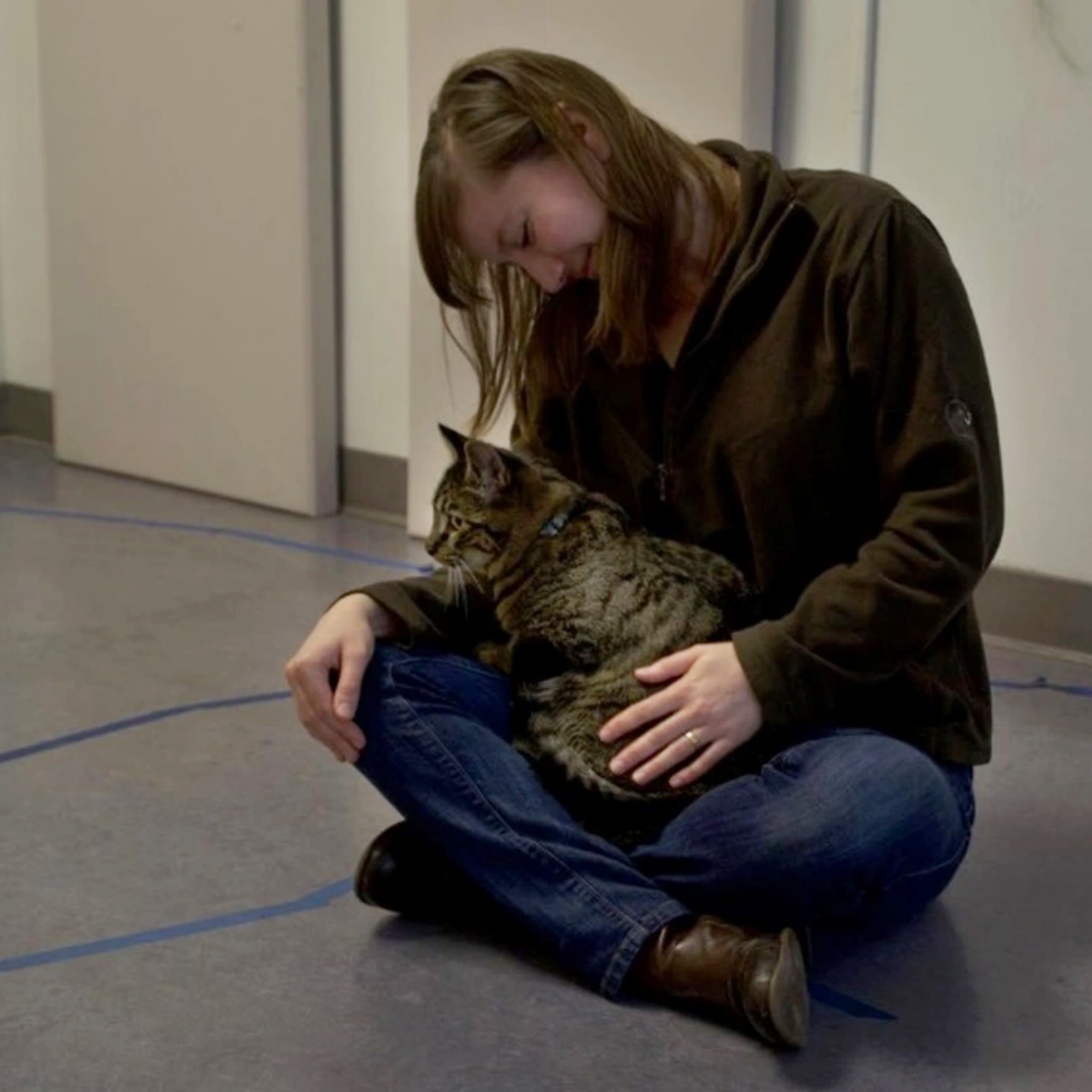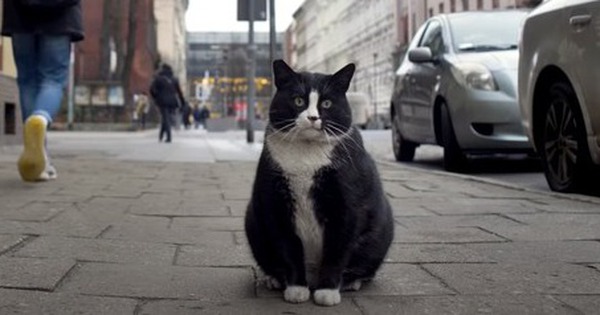
“When animals are happy, these bursts of energy, technically known as frenetic random activity periods (FRAPs), are natural and are also seen in many wild and domesticated animals,” explains José Arce, president of the American Veterinary Medical Association.
FRAPs can occur randomly, but there are some common triggers for dogs. When an owner lets a dog out of its crate, the puppy may be looking to release the energy that has built up during the day. Similarly, an owner returning home from work may cause the dog to run around for a short period of time as exercise after an hour-long nap.
Arce says another common time for FRAP is after a bath, which can be to release some of the stress or excitement of being bathed. The whole-body shaking of a dog is effective, but it’s not actually for drying off.
Cats, meanwhile, have a variety of stimuli. Dusk and dawn are when they are most active. They also tend to experience FRAP after grooming.
“They were really happy, so excited that they were running up and down the hallway and jumping on the couch,” Arce said.
According to Arce, more athletic breeds, like Australian Shepherds, may do them more often possibly because they need to release energy regularly.
Wild animals such as weasels and elephants also perform FRAPs. This behavior is sometimes called “binkies” in rabbits and is thought to be a sign of excitement. A rabbit may appear to be running, spinning its head or body around, and jumping in the air.
Although FRAP is a normal behavior, some pet owners misinterpret it and worry that their dog is stressed or sick. They may mistake it for obsessive-compulsive behavior. Dogs with obsessive-compulsive disorder (OCD) may chase their tail, stare into the dark, peck at the air as if they are trying to catch a fly, and scrub the floor with their tongue. If you are unsure whether your pet has symptoms of OCD, take a video of the behavior and show it to your veterinarian.




